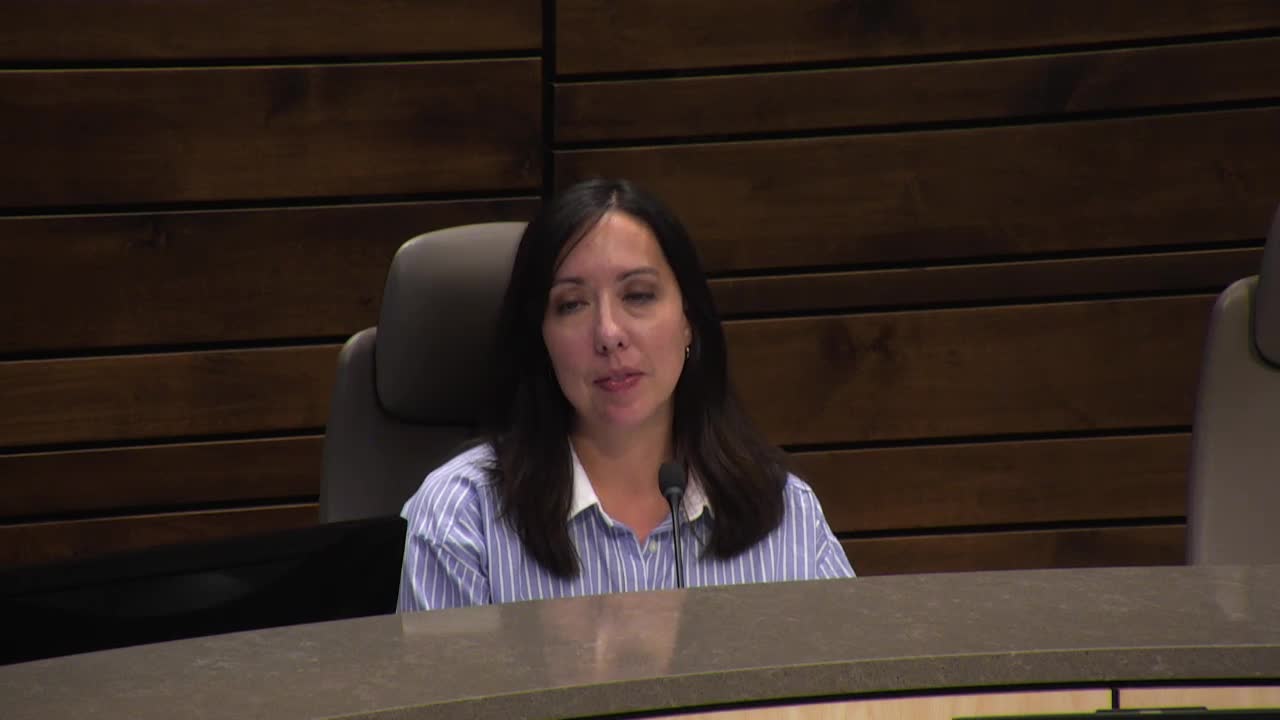Architect's Vision Transformed Richland into a Thriving Community
July 11, 2024 | Richland , Benton County, Washington

This article was created by AI summarizing key points discussed. AI makes mistakes, so for full details and context, please refer to the video of the full meeting. Please report any errors so we can fix them. Report an error »

During a recent government meeting, officials highlighted the historical significance of Richland and Hanford during World War II, focusing on key figures and the development of the area. The discussion began with a recognition of prominent scientists such as Enrico Fermi, J. Robert Oppenheimer, and Niels Bohr, who contributed to the Manhattan Project. Notably, the meeting acknowledged Leona Woods Marshall, the only woman involved in the original pile project, whose legacy is honored with a school named after her.
The conversation shifted to G. Alban Pearson, a Swedish American architect credited with creating a quality living environment for workers in Richland. Following the establishment of the Manhattan Engineer District in 1942, Pearson was tasked with designing a village to accommodate thousands of workers. The urgency of the project was underscored by the eviction of local residents, as the government sought to rapidly develop the area.
Pearson's innovative approach involved designing a town that balanced functionality with community needs. He created a mix of housing types, including duplexes and single-family homes, while ensuring that essential services like schools and stores were integrated into the community layout. His design philosophy emphasized comfort and livability, with features such as cross-ventilation in homes and thoughtfully placed public spaces.
Despite the challenges of rapid construction and the need for efficiency, Pearson's work has endured, with many of the original homes still standing and providing shelter today. The meeting concluded with a call for greater recognition of Pearson's contributions to the city, as officials expressed a desire to honor his legacy in a more prominent way.
The conversation shifted to G. Alban Pearson, a Swedish American architect credited with creating a quality living environment for workers in Richland. Following the establishment of the Manhattan Engineer District in 1942, Pearson was tasked with designing a village to accommodate thousands of workers. The urgency of the project was underscored by the eviction of local residents, as the government sought to rapidly develop the area.
Pearson's innovative approach involved designing a town that balanced functionality with community needs. He created a mix of housing types, including duplexes and single-family homes, while ensuring that essential services like schools and stores were integrated into the community layout. His design philosophy emphasized comfort and livability, with features such as cross-ventilation in homes and thoughtfully placed public spaces.
Despite the challenges of rapid construction and the need for efficiency, Pearson's work has endured, with many of the original homes still standing and providing shelter today. The meeting concluded with a call for greater recognition of Pearson's contributions to the city, as officials expressed a desire to honor his legacy in a more prominent way.
View full meeting
This article is based on a recent meeting—watch the full video and explore the complete transcript for deeper insights into the discussion.
View full meeting
